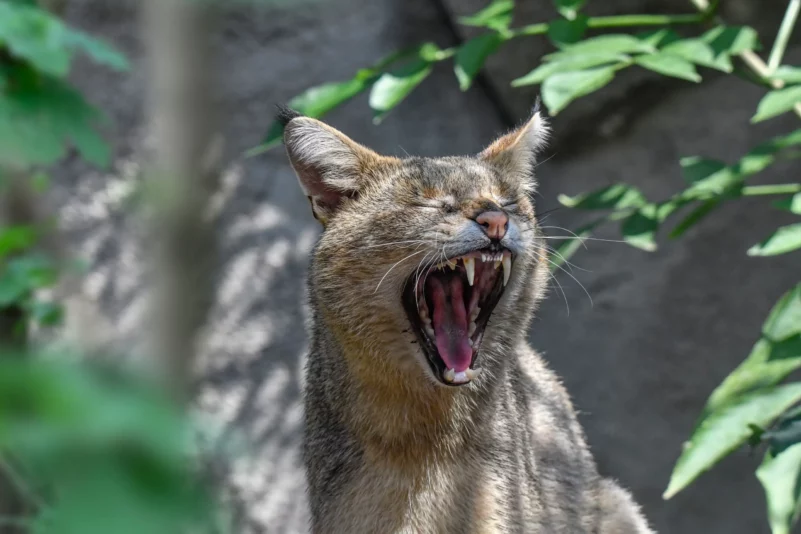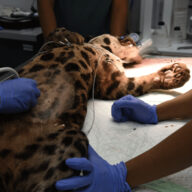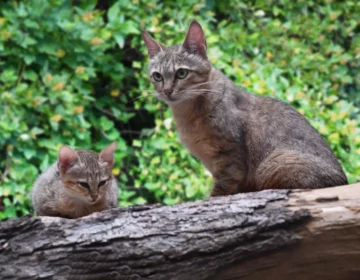
Mud cat – Chaus
Felis chaus
Mud cat – Chaus
APPEARANCE
The mud cat usually has a sandy-brown, reddish or gray coat with no patterns except for distinct stripes on the front of the legs and sometimes on the throat. Melanistic cats are common in southeastern Pakistan and India. The coat in winter is darker and denser than in summer. The mud cat has a light-colored throat and belly. The tail measures one-third of the body length and usually has dark stripes near the tip. The mud cat has a long, slender muzzle with particularly high ears that are set relatively close together, reddish on the back and ending in small black tufts. A broad dark line sometimes extends along the back of the ridge.
DISTRIBUTION AND HABITAT
The marsh cat is found from Egypt through the Caucasus, including Georgia, Armenia, Azerbaijan and Russia, Central Asia and South Asia through southeastern China, Myanmar, Thailand, Cambodia, and marginally in Laos and Vietnam. In Egypt (the only African country where the Jungle Cat occurs), it is found along the Nile Valley south to Aswan and in the oases of El Faiyum, Farafara, Dakhla and Kharga.
The swamp cat inhabits a remarkable variety of habitats. It prefers moist habitats with dense vegetation as well as tall grass or reeds in which it can hide, especially swamps and riparian environments.
BEHAVIOUR
The marsh cat is a loner, active mainly during the day and night, making it a difficult animal to observe.
FOOD
The marsh cat preys on a variety of animals, most commonly rodents such as rats and mice, which weigh no more than 1 kg.
Main dangers
The marsh cat adapts more readily than most other small felids to life in areas that have been transformed by humans. In areas where the marsh cat attacks poultry, poison traps are often set for it.





